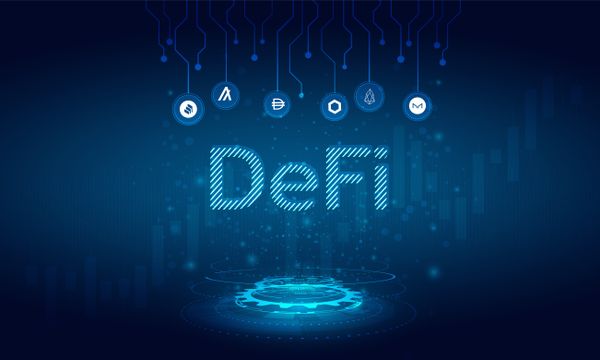With decentralized finance (DeFi), you have access to a whole new world of opportunities–to generate passive income–without the need to sell your valuable coins or trade every up, down, or sideways trend. DeFi allows investors to invest and earn without going through complicated measures.
